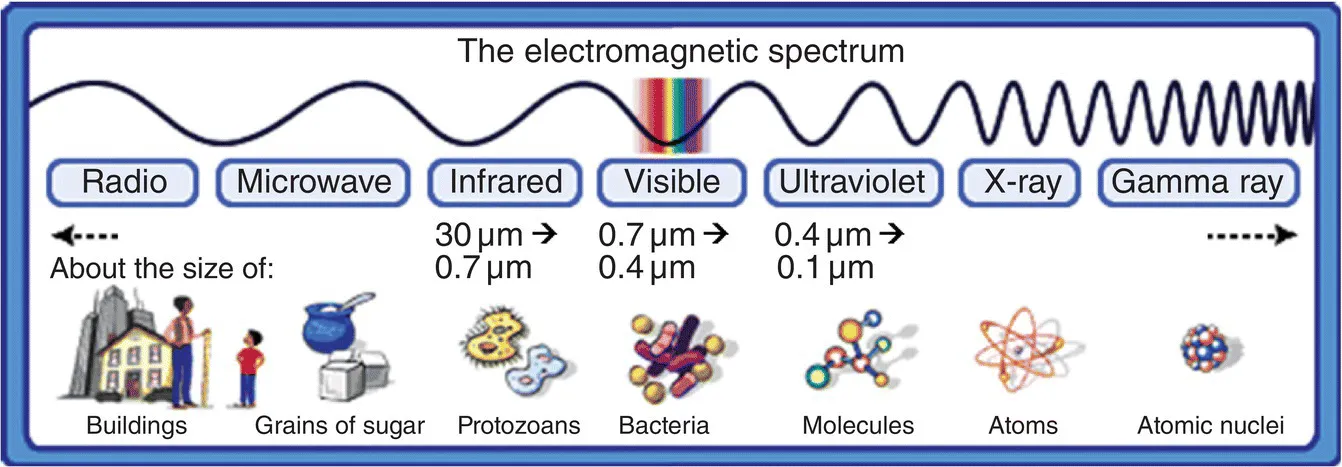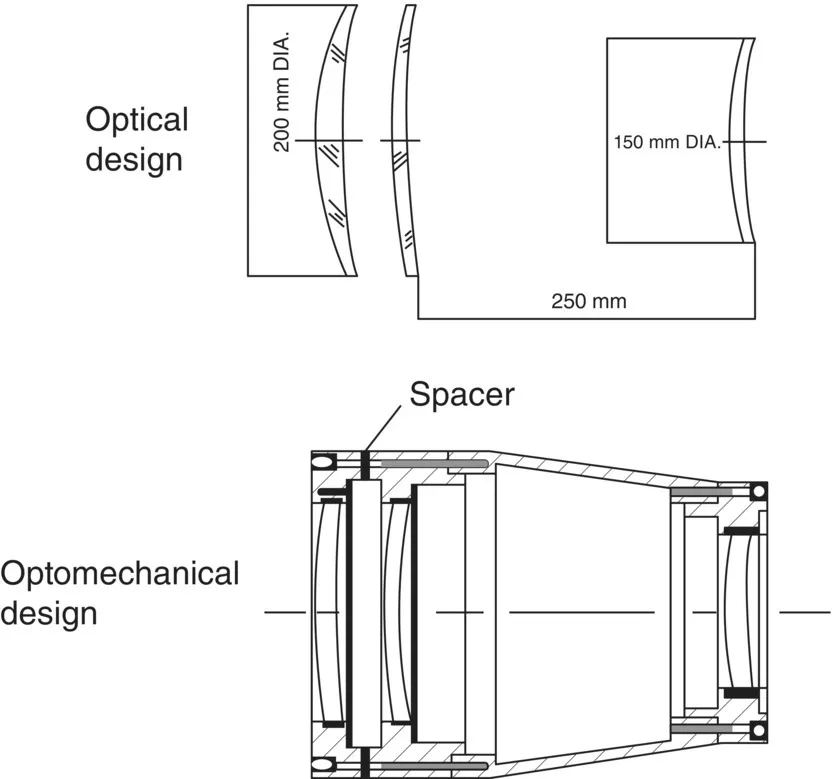
- English
- ePUB (mobile friendly)
- Available on iOS & Android
Optomechanical Systems Engineering
About this book
Covers the fundamental principles behind optomechanical design
This book emphasizes a practical, systems-level overview of optomechanical engineering, showing throughout how the requirements on the optical system flow down to those on the optomechanical design. The author begins with an overview of optical engineering, including optical fundamentals as well as the fabrication and alignment of optical components such as lenses and mirrors.The concepts of optomechanical engineering are then applied to the design of optical systems, including the structural design of mechanical and optical components, structural dynamics, thermal design, and kinematic design.
Optomechanical Systems Engineering:
- Reviews the fundamental concepts of optical engineering as they apply to optomechanical design
- Illustrates the fabrication and alignment requirements typically found in an optical system
- Examines the elements of structural design from a mechanical, optical, and vibrational viewpoint
- Develops the thermal management principles of temperature and distortion control
- Describes the optomechanical requirements for kinematic and semi-kinematic mounts
- Uses examples and case studies to illustrate the concepts and equations presented in the book
- Provides supplemental materials on a companion website
Focusing on fundamental concepts and first-order estimates of optomechanical system performance, Optomechanical Systems Engineering is accessible to engineers, scientists, and managers who want to quickly master the principles of optomechanical engineering.
Frequently asked questions
- Essential is ideal for learners and professionals who enjoy exploring a wide range of subjects. Access the Essential Library with 800,000+ trusted titles and best-sellers across business, personal growth, and the humanities. Includes unlimited reading time and Standard Read Aloud voice.
- Complete: Perfect for advanced learners and researchers needing full, unrestricted access. Unlock 1.4M+ books across hundreds of subjects, including academic and specialized titles. The Complete Plan also includes advanced features like Premium Read Aloud and Research Assistant.
Please note we cannot support devices running on iOS 13 and Android 7 or earlier. Learn more about using the app.
Information
1
Introduction
- Galileo—While he did not invent the telescope, a practical telescope architecture using refractive (lens) components is named after him.
- Isaac Newton—To develop his theories on the nature of light, he invented the first practical telescope using reflective (mirror) components.
- James Clerk Maxwell—In addition to his brilliant discovery of the electromagnetic nature of light, he developed a structural theory of trusses and experimented with photoelasticity and kinematic mounts.
- Joseph Fourier—He made many contributions in the areas of heat transfer and thermal design, including the discovery of Fourier’s law of conduction and the Fourier transform for analyzing vibrations, heat-transfer problems, and more recently, electrical circuits.
- William Thomson (aka Lord Kelvin)—He is best known for his work in thermodynamics, developing the Kelvin temperature scale. In addition, he deserves to be recognized for his work in kinematics, inventing the Kelvin kinematic mount.
- Aerospace: infrared cameras, spectrometers, high-power laser systems, etc.
- Biomedical: fluorescence microscopy, flow cytometry, DNA sequencing, etc.
- Manufacturing: machine vision, laser cutting and drilling, etc.
1.1 Optomechanical Systems

- Assembly and alignment—Can the optical components all be assembled in a small package and maintain critical alignments such as the “Focus to CCD” distance (for which an adjustment is provided)?
- Structural design—Are the overall structure and the optical submounts stiff enough to keep things in alignment due to self-weight or shock loading?
- Vibration design—Have scan mirror vibrations been isolated from the optics and prevented from causing the optics to move ever so slightly (but more than is acceptable)?
- Thermal design—With components such as the piezos and galvanometers dissipating heat in such a small volume, is there even enough surface area to transfer this heat without the external box temperature getting excessively hot?
- Kinematic design—If the microscope needs to be repaired, is there a way to remove critical optics that allows them to be replaced in the field, without a major realignment at the factory?
- System design—Have all the interactions between the elements been considered, for example, the effects of heat on the optics?

1.2 Optomechanical Engineering


Table of contents
- Cover
- Title page
- Table of Contents
- Preface
- 1 Introduction
- 2 Optical Fundamentals
- 3 Optical Fabrication
- 4 Optical Alignment
- 5 Structural Design—Mechanical Elements
- 6 Structural Design—Optical Components
- 7 Structural Design—Vibrations
- 8 Thermal Design
- 9 Kinematic Design
- 10 System Design
- Index
- End User License Agreement